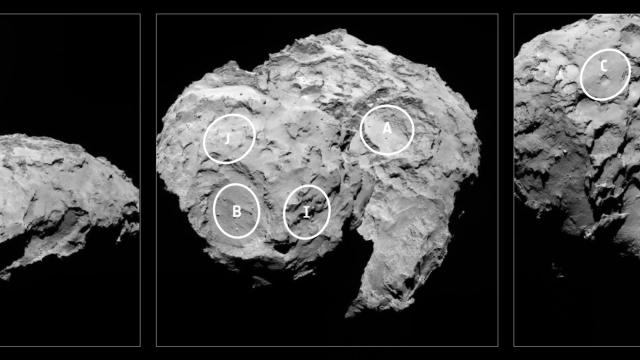It’s not long since Rosetta reached Comet 67P/Churyumov-Gerasimenko, but European Space Agency scientists have already been working out where its Philae lander may be able to touch down on the piece of rock. In fact, five candidate sites have been suggested so far.
Below, the ESA gives a rundown of the five sites and why they could be appropriate.
Site A
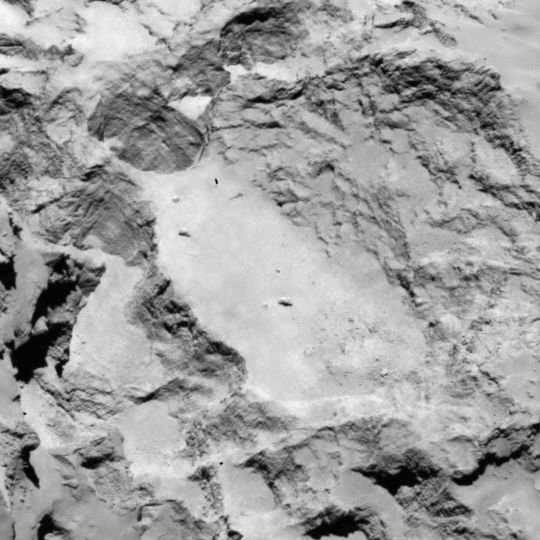
Site A is an interesting region located on the larger lobe, but with a good view of the smaller lobe. The terrain between the two lobes is likely the source of some outgassing. Higher-resolution imaging is needed to study potential surface hazards such as small depressions and slopes, while the illumination conditions also need to be considered further.
Site B
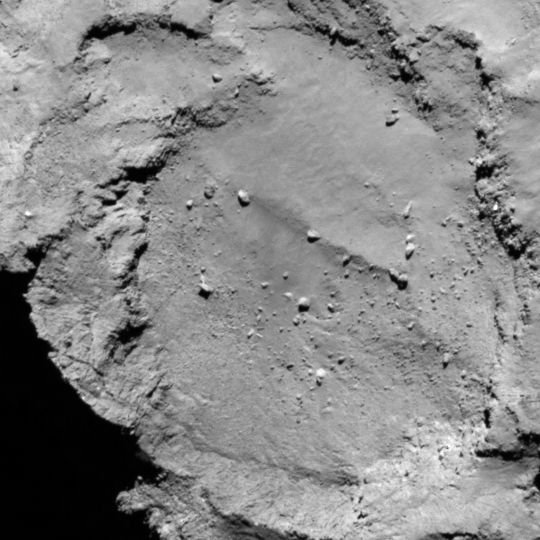
Site B, within the crater-like structure on the smaller lobe, has a flat terrain and is thus considered relatively safe for landing, but illumination conditions may pose a problem when considering the longer-term science planning of Philae. Higher-resolution imaging will be needed to assess the boulder hazards in more detail. In addition, the boulders are also thought to represent more recently processed material and therefore this site may not be as pristine as some of the others.
Site C
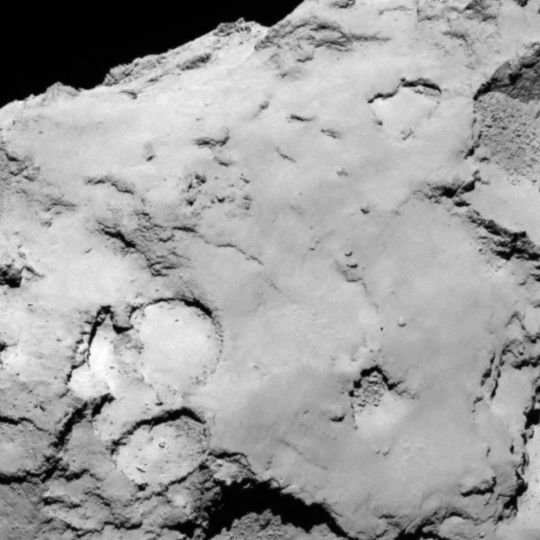
Site C is located on the larger lobe and hosts a range of surface features including some brighter material, depressions, cliffs, hills and smooth plains, but higher-resolution imaging is needed to assess the risk of some of these features. It is also well illuminated, which would benefit the long-term scientific planning for Philae.
Site I

Site I is a relatively flat area on the smaller lobe that may contain some fresh material, but higher-resolution imaging is needed to assess the extent of the rough terrain. The illumination conditions should also allow for longer-term science planning.
Site J
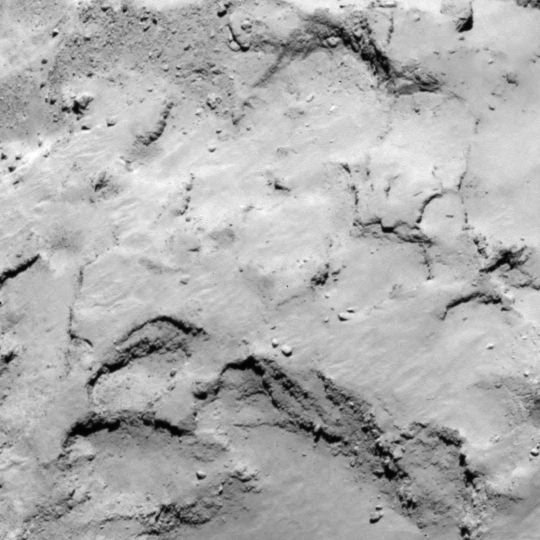
Site J is similar to site I, and also on the smaller lobe, offering interesting surface features and good illumination. It offers advantages for the CONSERT experiment compared with Site I, but higher-resolution imaging is needed to determine the details of the terrain, which shows some boulders and terracing.
Next comes a comprehensive analysis of each of the candidate sites to work out how the lander could descend to them.That descent is due to happen November 11 — fingers crossed. [ESA]
